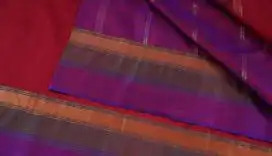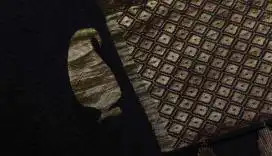

We provide an ethical, clean and transparent mechanism to supply and distribute sustainable clothing to all our customers within the agreed timeframe and price points.
Natural fibers are sustainable materials which are easily available in nature and have many advantages
From the harvesting of the raw materials, environmentally and socially responsible manufacturing to labelling, textiles certified to GOTS provide a credible assurance to the consumer.
Find clothing related to latest fashion floating around
We supply anything and eveything related to clothing



Order Now. In Style. With Confidence. Eco-Friendly Way.
The drop in garment prices over the last 20 years has allowed us to buy more and more clothes. We now have 5 times more clothes than our grandparents had. It felt great until we found out what was hiding behind this trend.
In reality, this continuous accumulation of cheap garments is only possible because of a constant reduction of production costs. This, in turn, has serious consequences on our health, our planet, and on garment workers’ lives.
It has become a challenge to wear a garment more than five times. Why?
This is Fast Fashion: Mass-production of cheap, disposable clothing. Countless new collections per year make us feel constantly out of date and encourage us to keep buying more.
Natural Fibres and Organic clothing has a positive impact on your physical and mental health and wellbeing.
When wearing Organic clothing you will see a big difference in the level of comfort and ease at which your body functions because there is a certain aspect to what wraps the body. It's magical!
Just change to clothing made from natural fibers for three days and see how it feels
Fashion industry is the 2nd largest polluter in the world. Time we adopt eco friendly ways
Wear clothing which is more suitable to the conditions in which one exists and allows one to be at ease


The more we demand sustainable clothing, the more will be available. Pricewise, yes, you will pay more for sustainable clothing than in a fast fashion shop, but now we know what lies behind those very low prices. Nonetheless, sustainable brands will not necessarily cost more than brand-name clothing, for which we sometimes pay high prices for the image, but rarely for the quality or the sustainability.

Washing our clothes has a significant environmental impact. The average household does almost 400 loads of laundry every year, consuming about 60,000 liters of water. Apart from microplastic pollution in water, it also takes a lot energy to heat the washing water and run the drying cycle.

Because clothes have become so cheap, we no longer care as much about quality. We just buy new garments when the ones we have lose their shape or appeal. Additionally, we have all had the experience of buying expensive clothing or pair of shoes and facing the disappointment when two month later, they already look old or have holes in them. If we stop buying poor quality, it will push brands to improve the quality of their garments. It will also allow us to keep our clothes longer, which is good for our wallets and for the environment.

Don’t throw your clothes in the normal bins! Most of them consist of synthetic, non-biodegradable fiber and will just pile up in the landfill. There are other options: Try to repair them, Donate your clothes, Sell them on second-hand apps, Some clothes shops take back used clothes, Put them in the textile recycling bin.
 BAGALKOT
BAGALKOT BANAHATTI
BANAHATTI CHARAKA
CHARAKA GAJENDRAGAD
GAJENDRAGAD GULEDGUDDA
GULEDGUDDA HOSKOTE SILK
HOSKOTE SILK ILKAL
ILKAL KODIYALA
KODIYALA KOLLEGAL
KOLLEGAL KOPPAL
KOPPAL MYSORE SILK
MYSORE SILK PATTEDUANCHU
PATTEDUANCHU UDUPI COTTON
UDUPI COTTON
Weavrz, Bengaluru
Karnataka – India
Location Pin Coming Soon